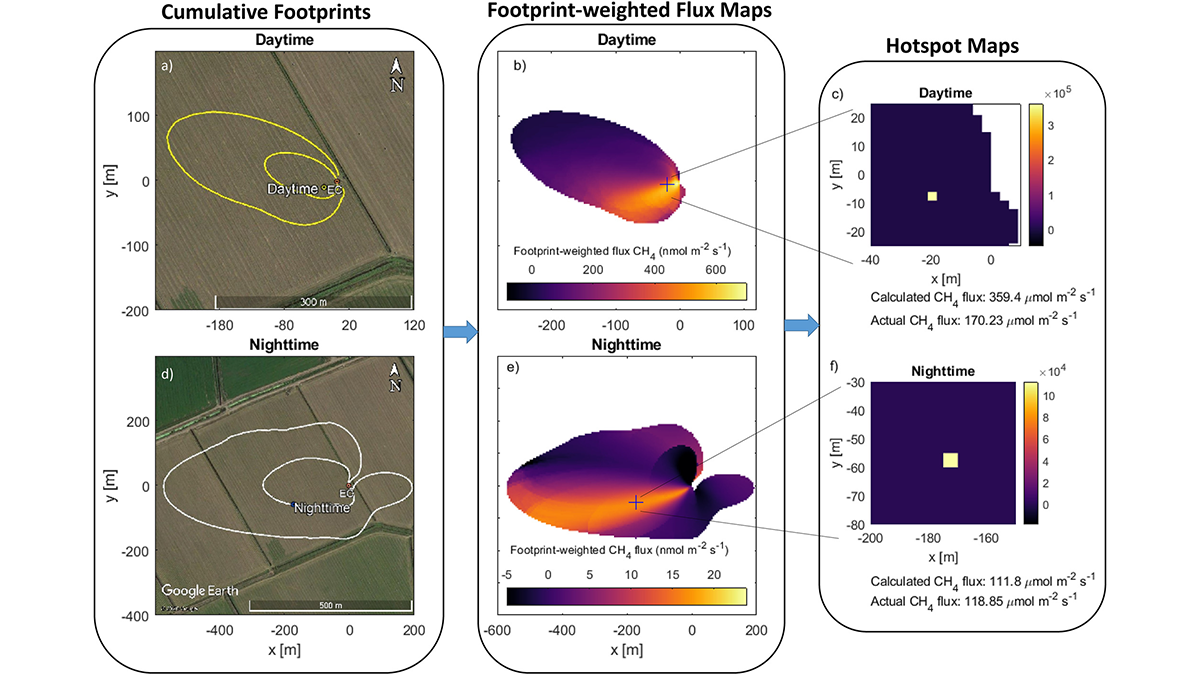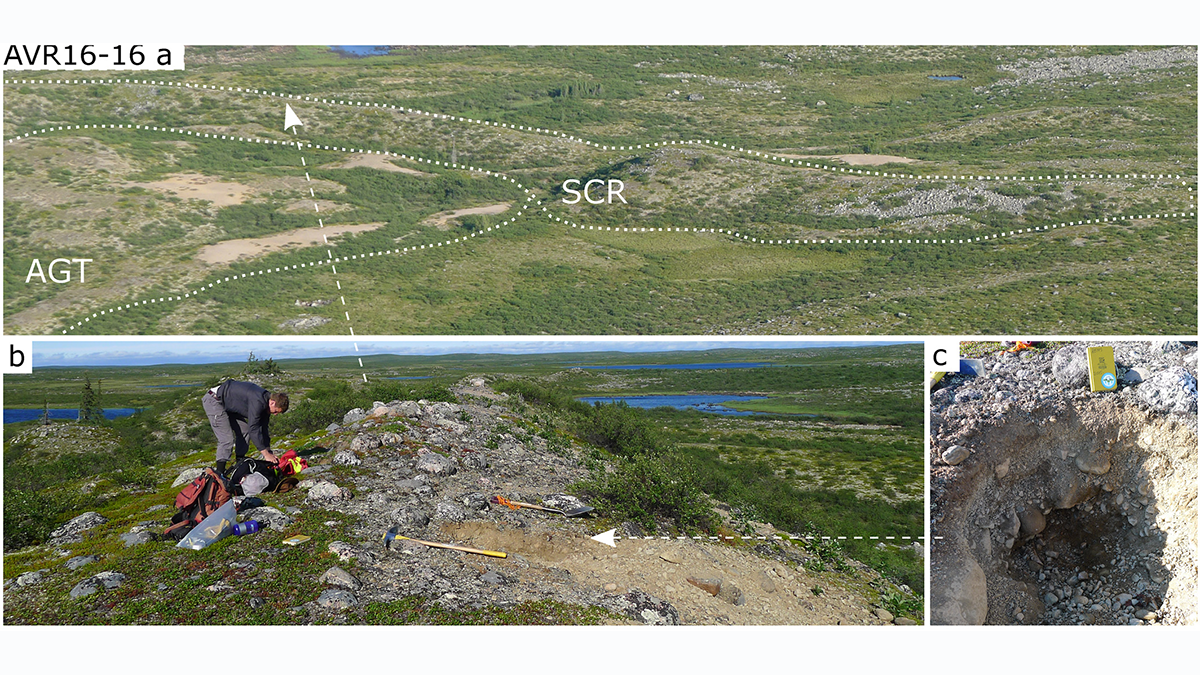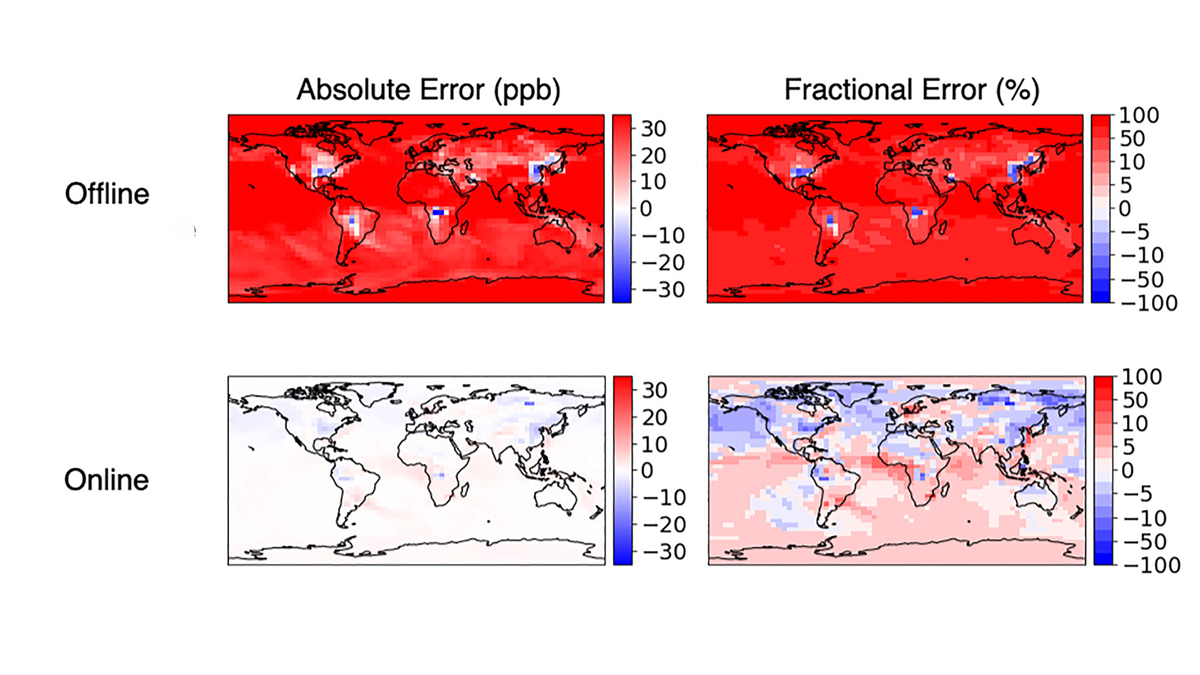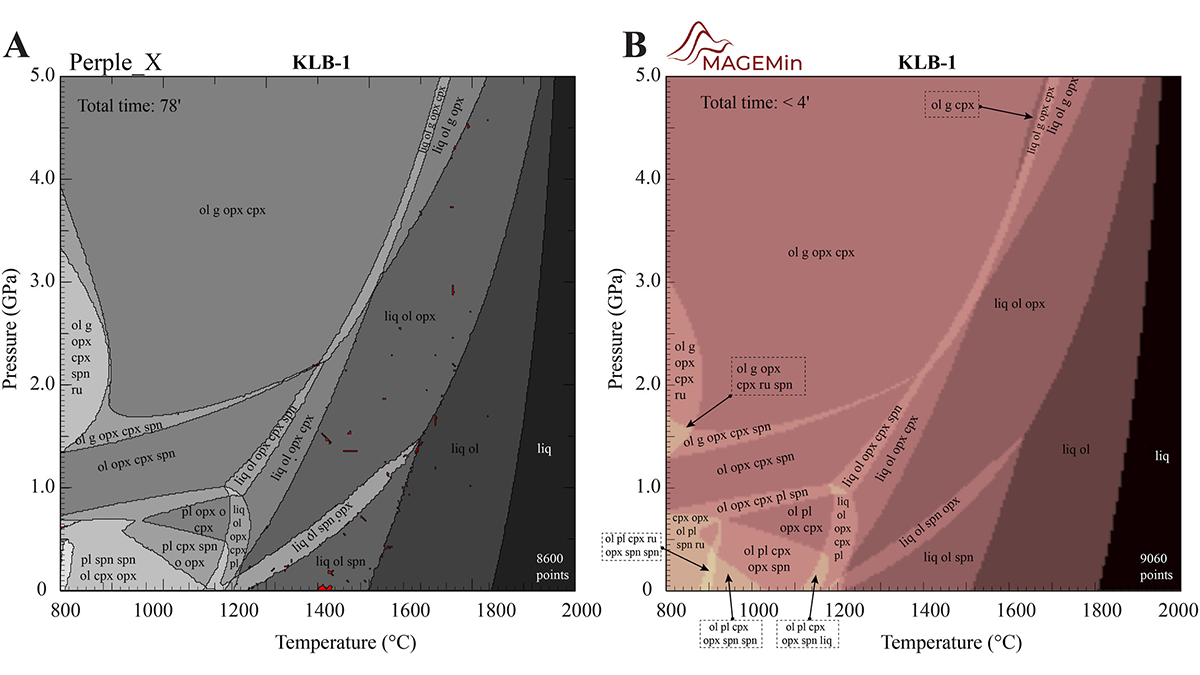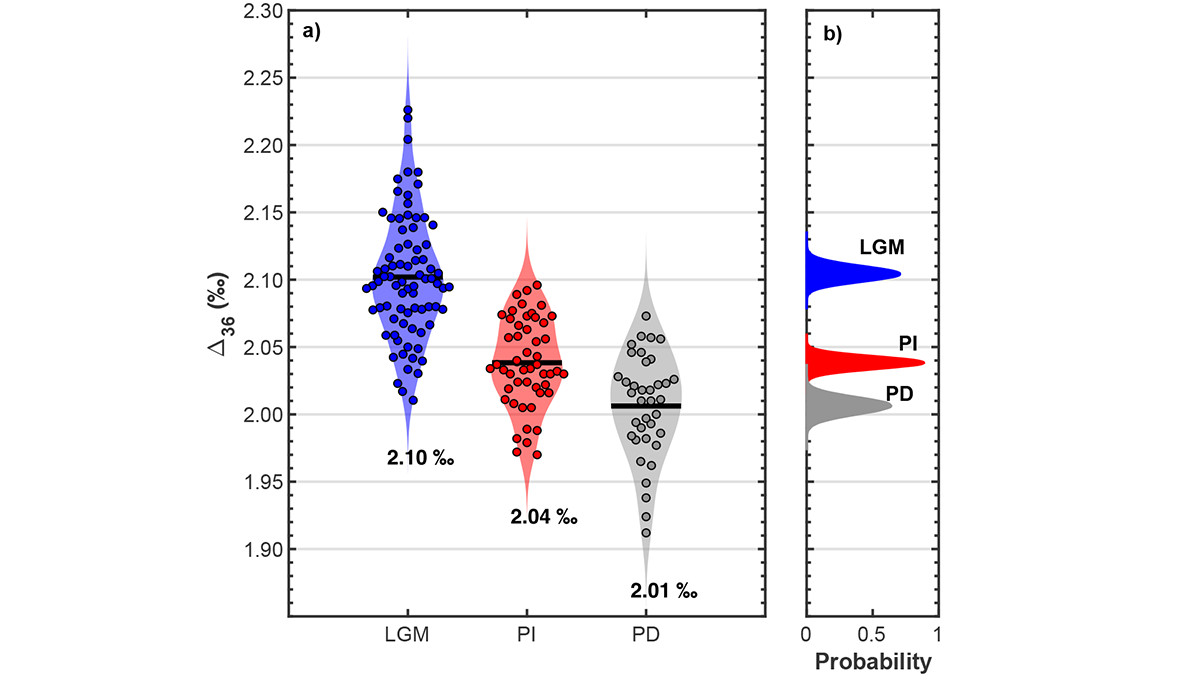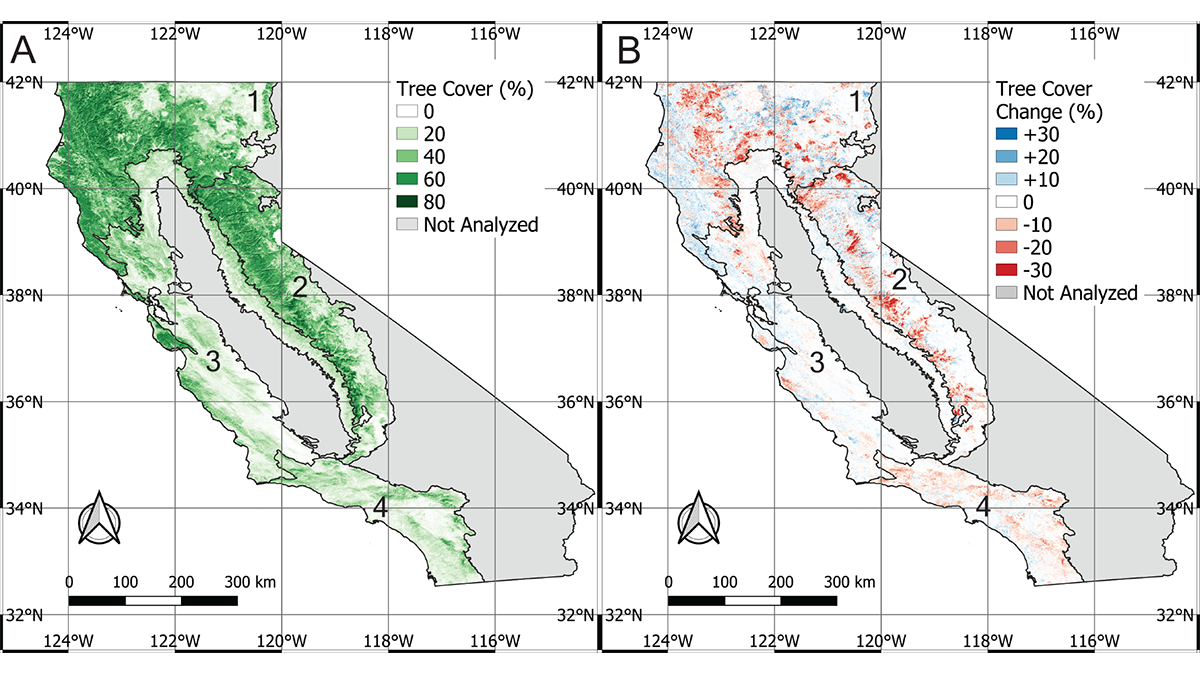A new approach to detect hot spots of methane emissions with eddy covariance flux towers proves to be a worthy contender.
Editors’ Highlights
Advanced Real-Time Prediction of Storms With 30-Second Refresh
A new-generation weather radar and a massive supercomputing system enables forecasts of storms refreshed every 30 seconds, a significant development in severe weather prediction.
Searching for Earth’s Oldest Rocks in its Youngest Deposits
By sampling and analyzing zircons from glacial eskers dating from about 20,000 years ago, the extent of the oldest known rocks on Earth can be better mapped and constrained.
Modification of Energetic Particles Loss Cone During Storms
The loss cone of energetic particles in the Earth’s inner magnetosphere is substantially modified during disturbed times, with important implications for the radiation-belt and ring current modeling.
Accurate and Fast Emulation With Online Machine-Learning
Online training produces more accurate and stable machine-learned models than classic offline learning from big data sets.
Why Do Arc Volcanoes Deform Less Than Ocean Island Volcanoes?
Volcanic ground deformation is not simply correlated with erupted volume. Researchers propose that high concentrations of magmatic volatiles make systems more compressible and suppress deformation.
A New, Fast Computational Tool for Magmatic Phase Equilibria
Thermodynamic calculations in multiphase, multicomponent magmatic systems can be slow and buggy. A new parallel architecture solves the free energy minimization problem much faster than alternatives.
Tonga Volcanic Eruption Produced Ionospheric Hole and ‘Bubbles’
The 2022 Tonga volcano eruption altered the global ionosphere, creating a huge ionospheric hole locally near the epicenter and large-amplitude plasma bubbles remotely over the Asia-Oceania area.
New Tool to Decipher Past Upper Troposphere Temperatures
Small variations in clumped O2 isotopes reflect temperatures in the upper troposphere. Bubbles measured in polar ice cores show the global lapse-rate appears to steepen during the Last Glacial Maximum.
A Burning Issue
California has lost 7% of its forest cover to climate change over the past 25 years.

